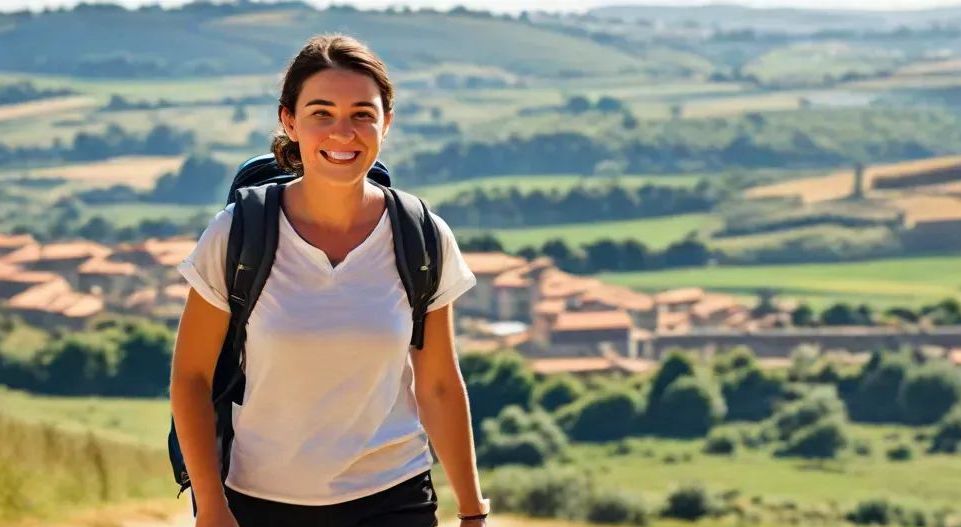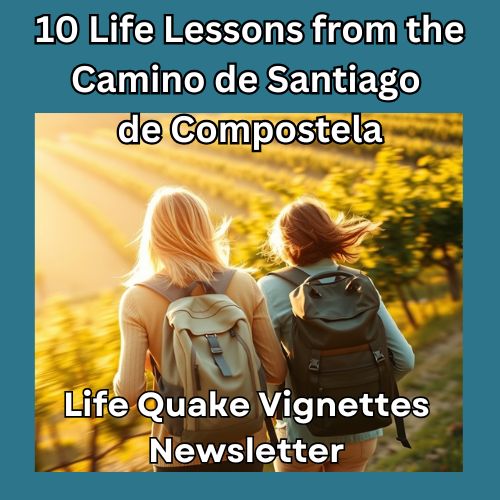#Stress Relief Techniques
Here’s what I’ve learned after two decades of watching executives burn out in slow motion: they don’t need 60 minutes of yoga. They need 60 seconds of recovery on demand.
Last Tuesday, I watched a CEO take three back-to-back calls without breathing properly, not once. Not metaphorically – literally. Shallow chest breathing, shoulders hunched, jaw clenched. By the time she reached for her third espresso at 11 AM, her nervous system was already operating in the red zone.
Sound familiar?
Three Micro-Recovery Stress Relief Techniques
We’ve been sold a myth about stress management: that we need elaborate rituals, expensive memberships, or chunks of time we don’t have. The truth? Stress isn’t a problem that needs solving. It’s pressure that needs releasing.
Think of your nervous system like a pressure cooker. You can’t avoid the heat – that’s called having a career. But you need a release valve. And here’s the fascinating part: your body doesn’t know the difference between a 60-minute meditation retreat and a 60-second intentional pause. Both trigger the parasympathetic nervous system. Both lower cortisol. Both are effective.
Let me share three micro-recovery hacks that transformed how my clients lead:
The Doorway Reset (30 seconds)
Every time you walk through a doorway today, pause for three full breaths. That’s it. Doorways are natural transition points anyway – you’re simply making them intentional. This builds what neuroscientists call “state control” – the ability to shift your physiology on demand. My clients report feeling 40% more centred after just one week of this practice.
The Calendar Compassion Buffer (2 minutes)
Stop scheduling back-to-back meetings. I know, revolutionary. But here’s why it matters: your brain needs 120 seconds to process what just happened and prepare for what’s next. Without this buffer, you’re bringing the emotional residue of one meeting into the next. That tension in your shoulders? That’s unmetabolised stress, and it compounds. Schedule 28-minute meetings instead of 30. Use those two minutes to stand, stretch, and literally shake it off.
The 3-5-7 Breath (90 seconds)
When pressure spikes, your breath becomes shallow and rapid. This signals danger to your amygdala, which releases more stress hormones, which makes your breath more shallow. It’s a vicious cycle. Break it with this: breathe in for 3 counts, hold for 5, exhale for 7. The extended exhale activates your vagus nerve – your body’s internal brake pedal. Three rounds of this changes your biochemistry. I’ve watched executives go from panic to presence in less time than it takes to connect to Instagram for a cat video.
These micro-tools are powerful. They keep you functional. But they’re short-term, not long-range.
Five years ago, I hit a wall I didn’t see coming. Not burnout exactly – I was still productive, still showing up. But I’d become a stranger to myself. I was managing stress brilliantly while losing touch with why any of it mattered. I was winning a game I’d forgotten how to enjoy.
That’s when I started walking short sections of the Camino de Santiago.
The Neuroscience of Walking Meditation
Here’s what happens to your brain when you walk with intention:
The repetitive motion induces what researchers call “transient hypofrontality” – a temporary quieting of your prefrontal cortex, the part of your brain that plans, judges, and never stops talking. Meanwhile, your brain waves shift from beta (active thinking) to alpha and theta (creative, meditative states). You access insights that no amount of sitting meditation or executive coaching could touch.
But it’s more than neurochemistry. It’s humility. When you are walking the Camino, your carefully constructed identity as “senior leader” or “industry expert” becomes irrelevant. You’re just a person, moving through ancient landscapes, stripped down to essentials. There’s profound wisdom in that reduction.
Walking meditation does something that boardroom strategy sessions never can: it aligns your three brains. Your head brain (cognition), heart brain (emotion), and gut brain (intuition) synchronise. This isn’t a metaphor – all three have neural networks, and walking creates the conditions for them to communicate.
The Questions Nobody Asks Until They Stop
One Sunday afternoon on the Camino, I sat on a stone wall watching the sun set over vineyards that had been tended for centuries. A farmer nodded at me on his way home. And I thought: When did I last do anything at walking pace?
We optimise everything. Revenue per employee. Minutes per meeting. Steps per day. But we never ask: What if efficiency is the wrong metric for a human life?
The executives who attend my Camino de Santiago walking retreats don’t find answers immediately. That’s not the point. They find the right questions. Questions like:
- What am I building toward if I’m not present for the building?
- When did stress become my primary relationship?
- What would I do if I trusted myself completely?
These aren’t questions you can answer in a coffee break. They require space. Silence. The kind of deep time that only walking provides.
Why Walking Recalibrates Us
When you walk 15 miles a day, you can’t multitask. You can’t optimise. You can’t perform. You can only be. And in that radical simplicity, something unexpected happens: you remember what it feels like to be resourced instead of depleted. Spacious instead of compressed. Connected instead of isolated.
The people who return from these retreats don’t have all the answers. But they have something more valuable: they trust their own compass again. They make decisions faster because they’re not second-guessing their instincts. They lead with more presence because they’re not constantly bracing against the next thing. They’re simply more themselves.
Your Next Right Step
You don’t need to walk across France tomorrow. Start with your favourite of these stress relief techniques: the doorway reset. Test the 3-5-7 breath. Build your micro-recovery muscle.
But if you’re reading this and thinking, “This sounds nice, but I haven’t got time,” that’s exactly when you need to do it – now.
👉 That’s why I created Camino de Santiago Walking Executive Reset Retreats.
Small groups. Intentional pacing. No forced epiphanies or manufactured vulnerability. Just walking, reflection, and the kind of conversations that only happen when people are moving together toward something meaningful.
Because the fastest way to go far isn’t to run faster. It’s to remember why you started walking in the first place.
What’s your 60-second reset? Drop it in the comments – I’d love to hear from you.
P.S. If you’re curious about the retreats, send me a message. The retreats fill up fast, not because I’m a great marketer, but because people who’ve walked with me can’t stop talking about it. That’s the only metric that matters.
More information about the Camino de Santiago Stress Reset Retreats










10 Powerful Life Lessons Learned While Walking the Camino de Santiago – a free guide filled with 10 not just “quaint anecdotes” or Instagram-worthy moments (though there are plenty of those) but real transformations from real people who walked the same insight-giving trail you might want to walk one day – Subscribe to my monthly newsletter to Download the Guide

“I am an experienced medical doctor – MBChB, MRCGP, NLP master pract cert, Transformational Life Coach (dip.) Life Story Coach (cert.) Stress Counselling (cert.) Med Hypnotherapy (dip.) and EAGALA (cert.) I may have an impressive number of letters after my name, and more than three decades of professional experience, but what qualifies me to excel at what I do is my intuitive understanding of my clients’ difficulties and my extensive personal experience of managing major life changes using strategies I developed over many years.” Dr M Montagu

